Home>Furniture & Design>Bathroom Accessories>How Much Does A First Aid Kit Weigh?
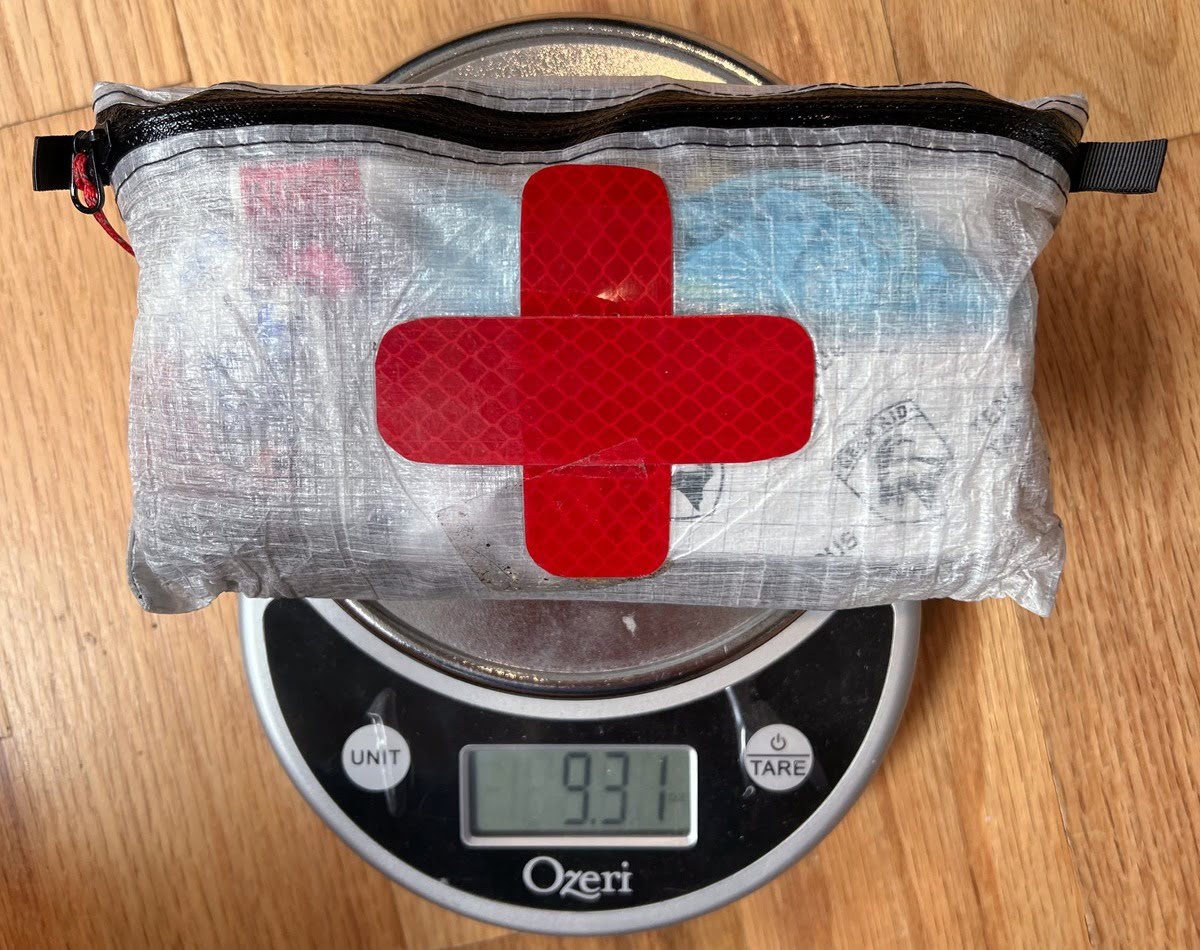

Bathroom Accessories
How Much Does A First Aid Kit Weigh?
Published: February 10, 2024
Discover the weight of bathroom accessories like first aid kits. Find out how much they weigh and choose the right one for your needs.
(Many of the links in this article redirect to a specific reviewed product. Your purchase of these products through affiliate links helps to generate commission for Storables.com, at no extra cost. Learn more)
Introduction
When it comes to being prepared for unexpected emergencies, a first aid kit is an indispensable tool. Whether you're embarking on a wilderness adventure, stocking your home for safety, or ensuring workplace compliance, a well-equipped first aid kit is a necessity. One common question that arises when considering a first aid kit is, "How much does a first aid kit weigh?" The weight of a first aid kit is a crucial factor to consider, especially for outdoor enthusiasts, hikers, and backpackers who prioritize minimizing the load they carry. Additionally, for those who need to comply with weight restrictions, such as airline travelers or military personnel, understanding the weight of a first aid kit is essential for planning and logistics.
Understanding the weight of a first aid kit involves considering various factors, including the contents, size, and intended use. This article will delve into the factors that affect the weight of a first aid kit, explore the typical weight range of different types of first aid kits, and provide insights into lightweight first aid kit options. By the end of this article, you will have a comprehensive understanding of the weight considerations associated with first aid kits, empowering you to make informed decisions based on your specific needs and circumstances.
Key Takeaways:
- First aid kit weight varies based on contents and purpose. Personal kits weigh 0.1-1 pound, while industrial kits can weigh 3-10 pounds. Understanding weight helps choose the right kit for specific needs.
- Lightweight first aid kits, weighing as little as 0.1 pound, offer essential supplies without adding significant weight. They cater to diverse needs, from everyday carry to specialized outdoor activities.
Read more: How Long Does A First Aid Kit Last
Factors Affecting the Weight of a First Aid Kit
The weight of a first aid kit is influenced by several key factors, each of which plays a significant role in determining the overall heft of the kit. Understanding these factors is essential for individuals and organizations seeking to optimize the portability and functionality of their first aid kits.
1. Contents
The contents of a first aid kit are perhaps the most influential factor in determining its weight. The range and quantity of items, such as bandages, gauze pads, medical tape, antiseptic wipes, and various medical supplies, directly contribute to the overall weight of the kit. Additionally, the inclusion of specialized items, such as splints, braces, or emergency medical devices, can significantly increase the weight of the kit.
2. Size and Capacity
The physical dimensions and capacity of a first aid kit also impact its weight. Larger kits designed for group or industrial use typically contain more items and, consequently, weigh more than compact, personal-sized kits. The size and capacity of the kit are directly correlated with the amount of space available for storing medical supplies, influencing the overall weight.
3. Packaging and Case Material
The material and construction of the kit's packaging and case contribute to its weight. Sturdy, durable cases made of heavy-duty materials, such as hard plastic or metal, add to the overall weight of the kit. Conversely, lightweight and flexible materials, such as nylon or fabric, can reduce the kit's weight without compromising durability.
Read more: What’s In A First Aid Kit
4. Specialized Equipment
First aid kits designed for specific purposes, such as wilderness survival, sports injuries, or industrial settings, may include specialized equipment or protective gear. Items like emergency blankets, tourniquets, or personal protective equipment (PPE) add weight to the kit but are essential for addressing unique medical needs and emergencies.
5. Expiration Dates and Shelf Life
The inclusion of medications, ointments, and other perishable items with limited shelf life can impact the weight of the first aid kit. Regularly replacing expired items is crucial for maintaining the kit's effectiveness, but it also affects its overall weight as new supplies are added.
By considering these factors, individuals and organizations can make informed decisions about the weight of their first aid kits, ensuring they are adequately equipped for potential emergencies while managing portability and practicality.
Typical Weight Range of First Aid Kits
The weight of a first aid kit can vary significantly based on its intended use, size, and contents. Understanding the typical weight range of different types of first aid kits is essential for individuals and organizations seeking to select the most suitable option for their specific needs. While exact weights may differ based on brands and specific contents, the following ranges provide a general overview of the typical weights associated with various types of first aid kits:
-
Personal or Compact Kits: These small, portable kits, designed for individual use or small groups, typically weigh between 0.1 to 1 pound (45 to 450 grams). Their lightweight nature makes them ideal for everyday carry, outdoor activities, and travel, ensuring that essential medical supplies are readily available without adding significant bulk or weight.
-
Home or Family Kits: Intended for household use, these kits are more comprehensive than personal kits and can weigh between 1 to 3 pounds (450 grams to 1.4 kilograms). They contain a broader range of supplies to address common injuries and medical needs within a family or household setting.
-
Sports or Outdoor Kits: Tailored for outdoor enthusiasts, hikers, and athletes, these kits are designed to address injuries and emergencies encountered during physical activities. Their weight typically ranges from 1 to 5 pounds (450 grams to 2.3 kilograms), reflecting the inclusion of additional items such as cold packs, athletic tape, and specialized wound care supplies.
-
Industrial or Workplace Kits: These larger kits, suitable for industrial settings, construction sites, or workplaces with higher injury risks, can weigh between 3 to 10 pounds (1.4 to 4.5 kilograms) or more. They contain a comprehensive array of medical supplies, including trauma dressings, eye wash solutions, and additional protective gear, to address a wide range of workplace injuries.
-
Specialized or Advanced Kits: First aid kits designed for specific purposes, such as wilderness survival, emergency response, or medical professionals, can weigh anywhere from 2 to 15 pounds (0.9 to 6.8 kilograms) or more. These kits often include advanced medical equipment, specialized tools, and a wider range of supplies to address complex medical scenarios.
Understanding the typical weight range of first aid kits enables individuals and organizations to make informed decisions when selecting a kit that aligns with their specific requirements, ensuring that they are adequately prepared for potential emergencies while managing portability and practicality.
Lightweight First Aid Kit Options
When prioritizing portability and minimizing the burden of carrying a first aid kit, individuals and organizations can explore various lightweight options that offer essential medical supplies without adding significant weight. These lightweight first aid kits are designed to cater to different needs, ranging from personal use to specialized outdoor activities. By opting for a lightweight first aid kit, users can ensure they are prepared for emergencies while maintaining agility and convenience.
Read more: How To Organize A First Aid Kit
Compact and Portable Kits
Compact first aid kits, weighing as little as 0.1 pound (45 grams), are ideal for individuals seeking a minimalist yet effective solution for everyday carry. These lightweight kits often include essential items such as adhesive bandages, antiseptic wipes, and gauze pads, providing basic wound care capabilities without adding bulk or weight. Their portable nature makes them suitable for activities such as hiking, camping, or traveling, where space and weight considerations are paramount.
Ultralight Outdoor Kits
For outdoor enthusiasts and backpackers who prioritize ultralight gear, specialized ultralight first aid kits offer a balance between weight and functionality. Weighing between 0.5 to 1.5 pounds (230 to 680 grams), these kits incorporate lightweight yet durable materials and essential medical supplies tailored for wilderness environments. They often include items such as blister treatments, insect sting relief, and compact trauma dressings, addressing common outdoor-related injuries while minimizing added weight.
Travel-Friendly Kits
Travelers, whether embarking on domestic or international journeys, can benefit from lightweight and travel-friendly first aid kits designed to comply with airline regulations and space constraints. These kits typically weigh between 0.5 to 1 pound (230 to 450 grams) and contain essential medical supplies in compact, TSA-compliant packaging. By prioritizing lightweight and travel-friendly options, travelers can ensure they have access to necessary medical supplies without exceeding luggage weight limits or sacrificing valuable space.
Minimalist Personal Kits
For individuals seeking the lightest possible first aid solution, minimalist personal kits weighing as little as 0.1 pound (45 grams) offer a streamlined approach to essential medical care. These minimalist kits focus on key items such as adhesive bandages, antiseptic ointment, and basic wound care essentials, providing a lightweight yet practical solution for everyday carry, sports activities, or urban environments where space and weight are critical considerations.
By exploring these lightweight first aid kit options, individuals and organizations can tailor their emergency preparedness to specific needs while embracing the benefits of reduced weight and enhanced portability. Whether for daily use, outdoor adventures, or travel, lightweight first aid kits offer a practical and efficient approach to addressing medical needs without compromising mobility or convenience.
Read more: Where Is First Aid Kit From
Conclusion
Understanding the weight of a first aid kit is paramount for individuals and organizations seeking to balance preparedness with practicality. The weight of a first aid kit is influenced by various factors, including its contents, size, packaging, specialized equipment, and expiration dates of perishable items. By considering these factors, individuals can make informed decisions when selecting a first aid kit that aligns with their specific needs and intended use.
The typical weight range of first aid kits varies based on their intended purpose. Personal or compact kits, designed for individual use, are lightweight, typically weighing between 0.1 to 1 pound. In contrast, industrial or workplace kits, tailored for higher-risk environments, can weigh between 3 to 10 pounds or more, reflecting their comprehensive array of medical supplies and protective gear. Understanding these weight ranges empowers users to select a kit that meets their requirements without compromising portability or functionality.
For those prioritizing lightweight options, a range of compact, ultralight, travel-friendly, and minimalist first aid kits are available. These lightweight options cater to diverse needs, from everyday carry to specialized outdoor activities, offering essential medical supplies without adding significant weight. By embracing lightweight first aid kit options, individuals can ensure they are prepared for emergencies while maintaining agility and convenience.
In conclusion, the weight of a first aid kit is a crucial consideration that intersects with preparedness, mobility, and practicality. By understanding the factors influencing a kit's weight, the typical weight ranges of different types of kits, and the availability of lightweight options, individuals and organizations can make informed choices to ensure they are adequately equipped for potential emergencies while managing portability and weight considerations. Whether for personal use, outdoor adventures, or workplace safety, the right first aid kit, thoughtfully selected based on weight and functionality, is an essential tool for addressing medical needs effectively and efficiently.
Frequently Asked Questions about How Much Does A First Aid Kit Weigh?
Was this page helpful?
At Storables.com, we guarantee accurate and reliable information. Our content, validated by Expert Board Contributors, is crafted following stringent Editorial Policies. We're committed to providing you with well-researched, expert-backed insights for all your informational needs.
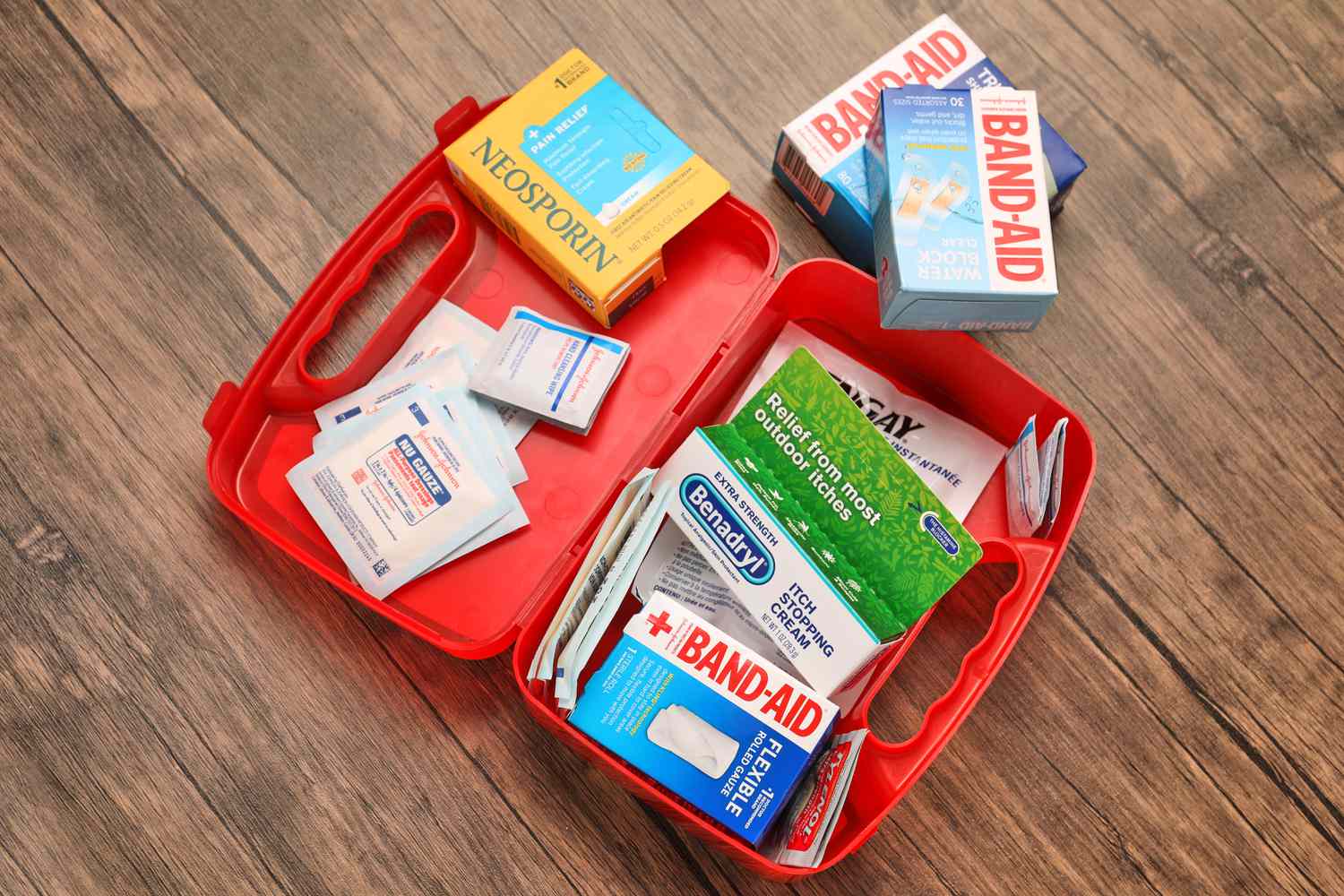
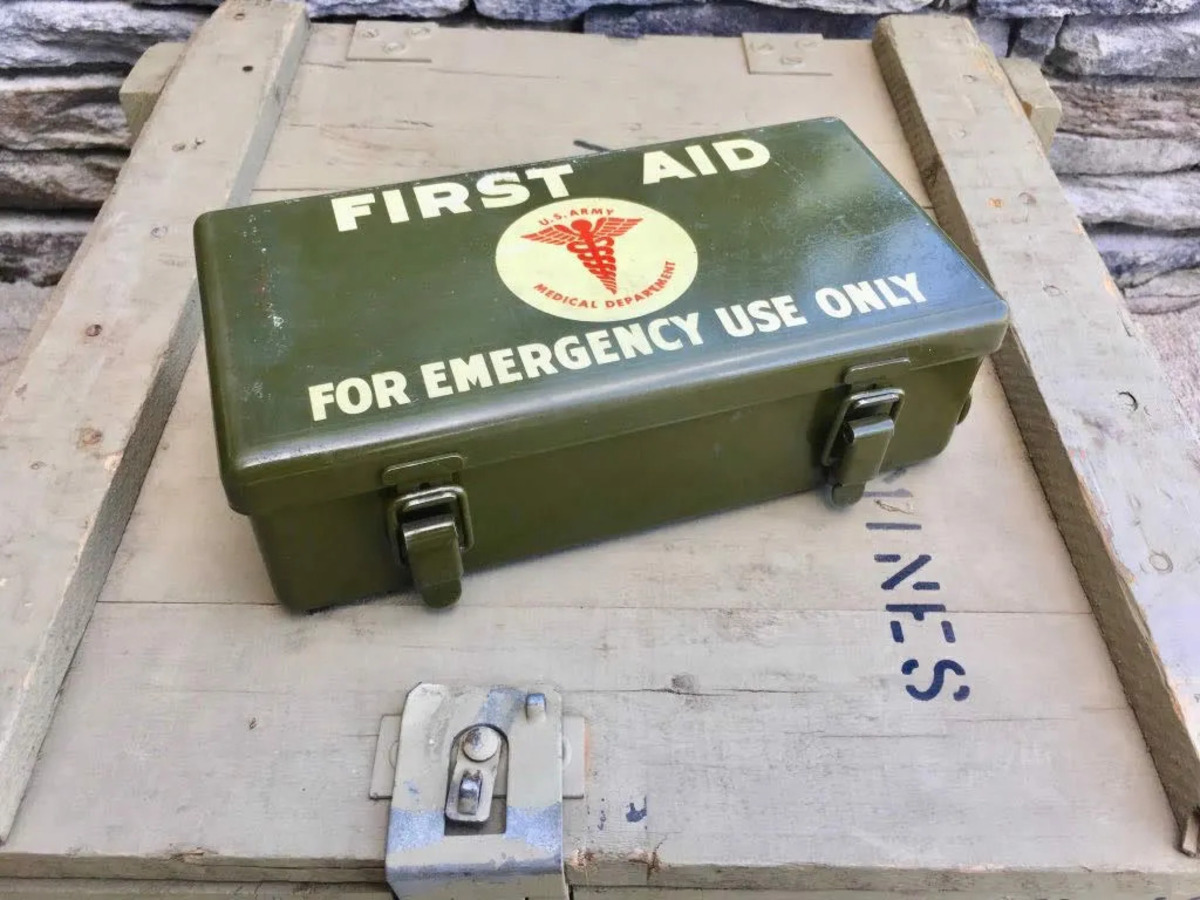
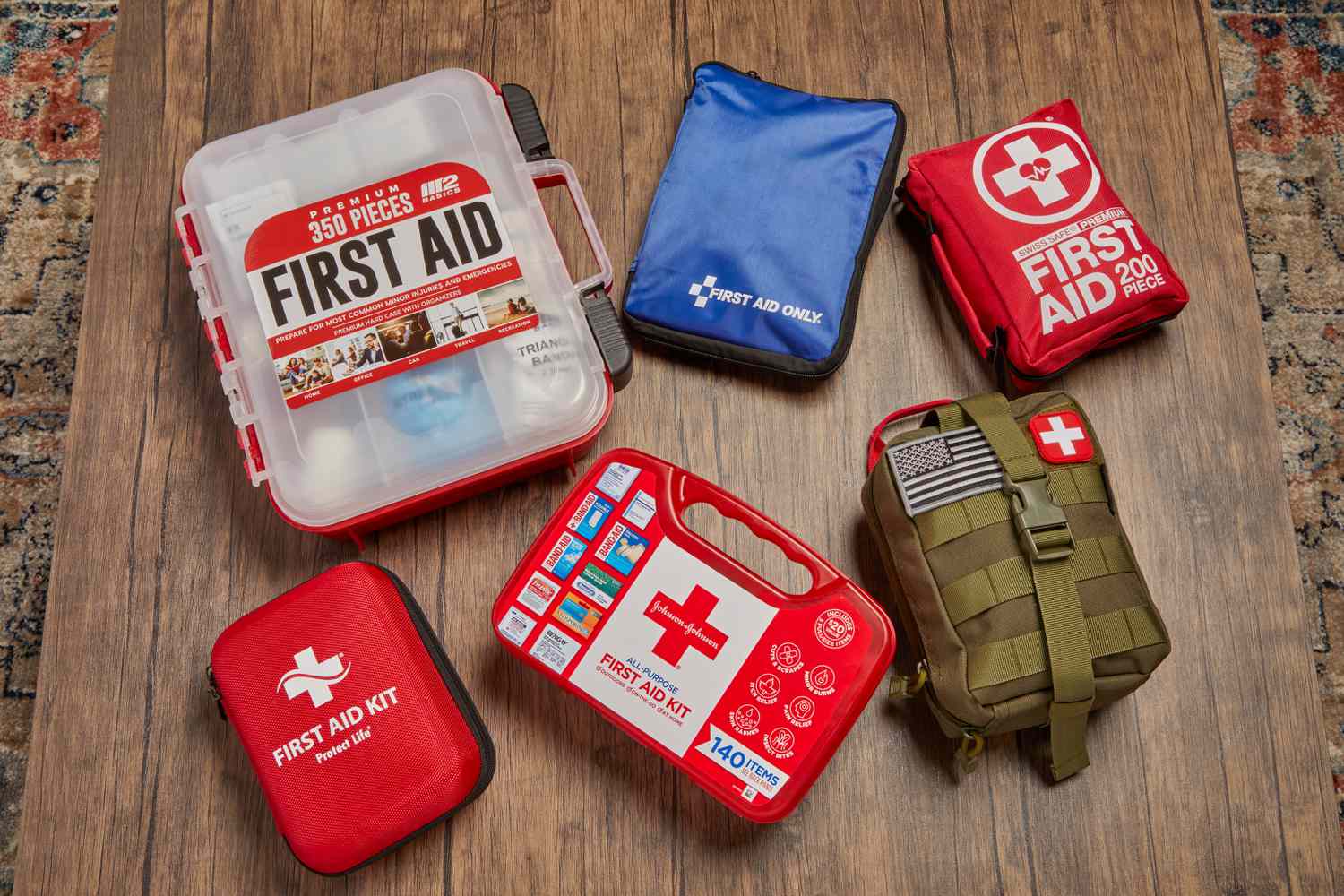
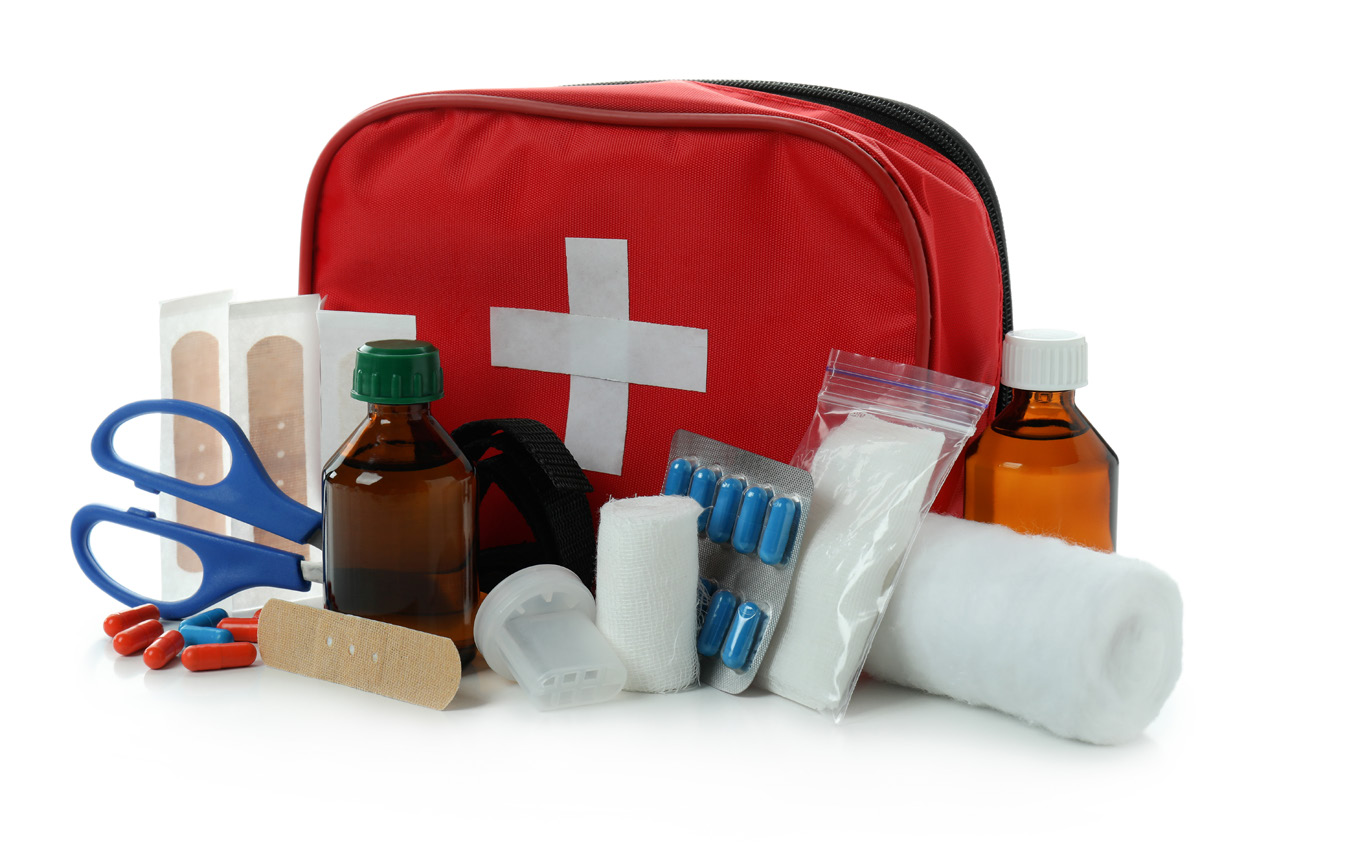
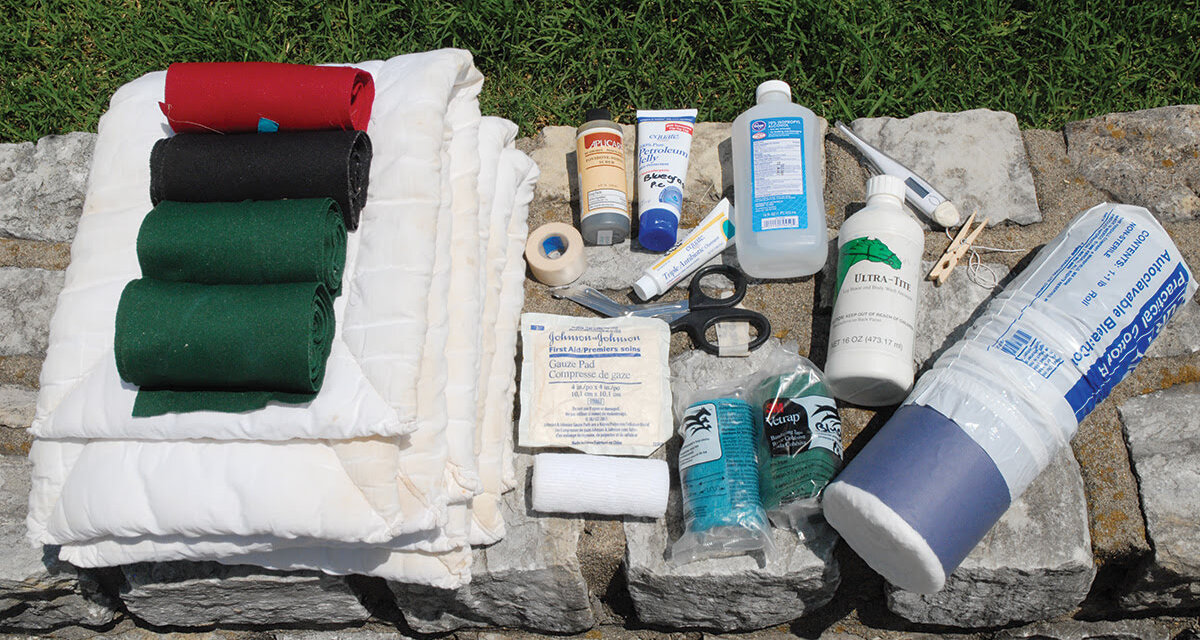
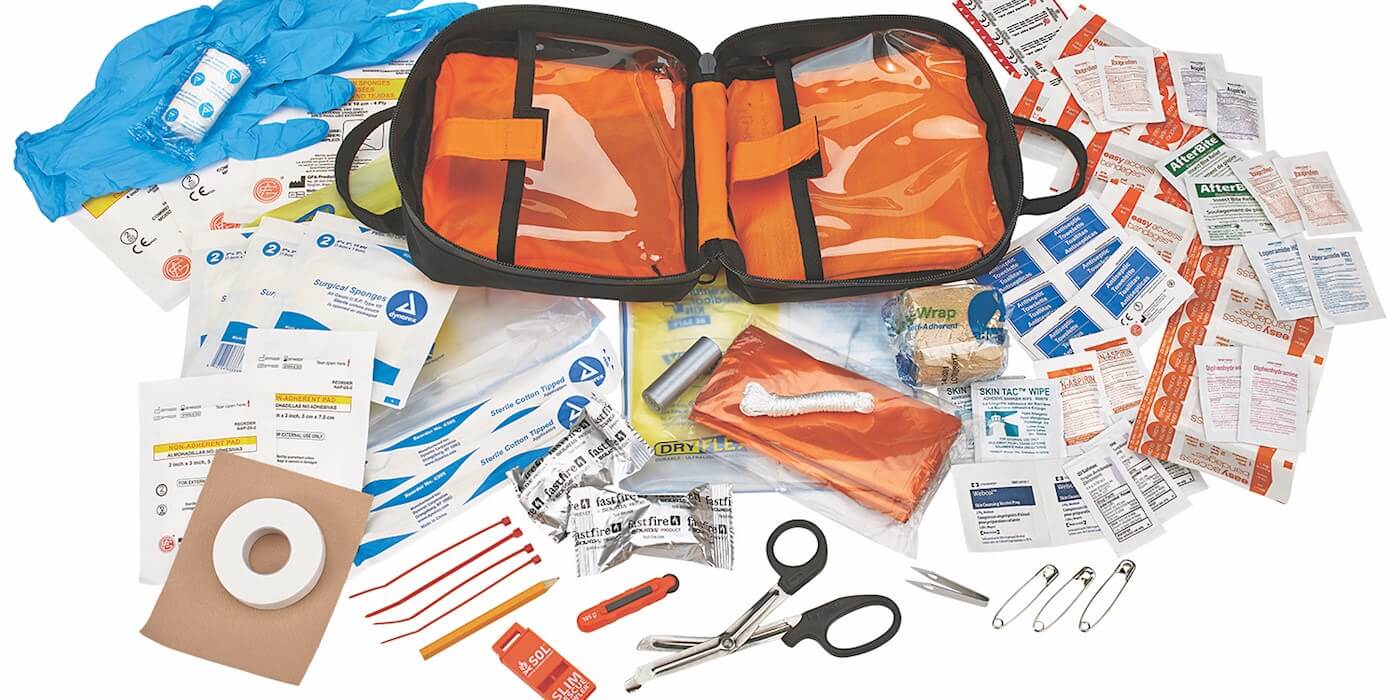
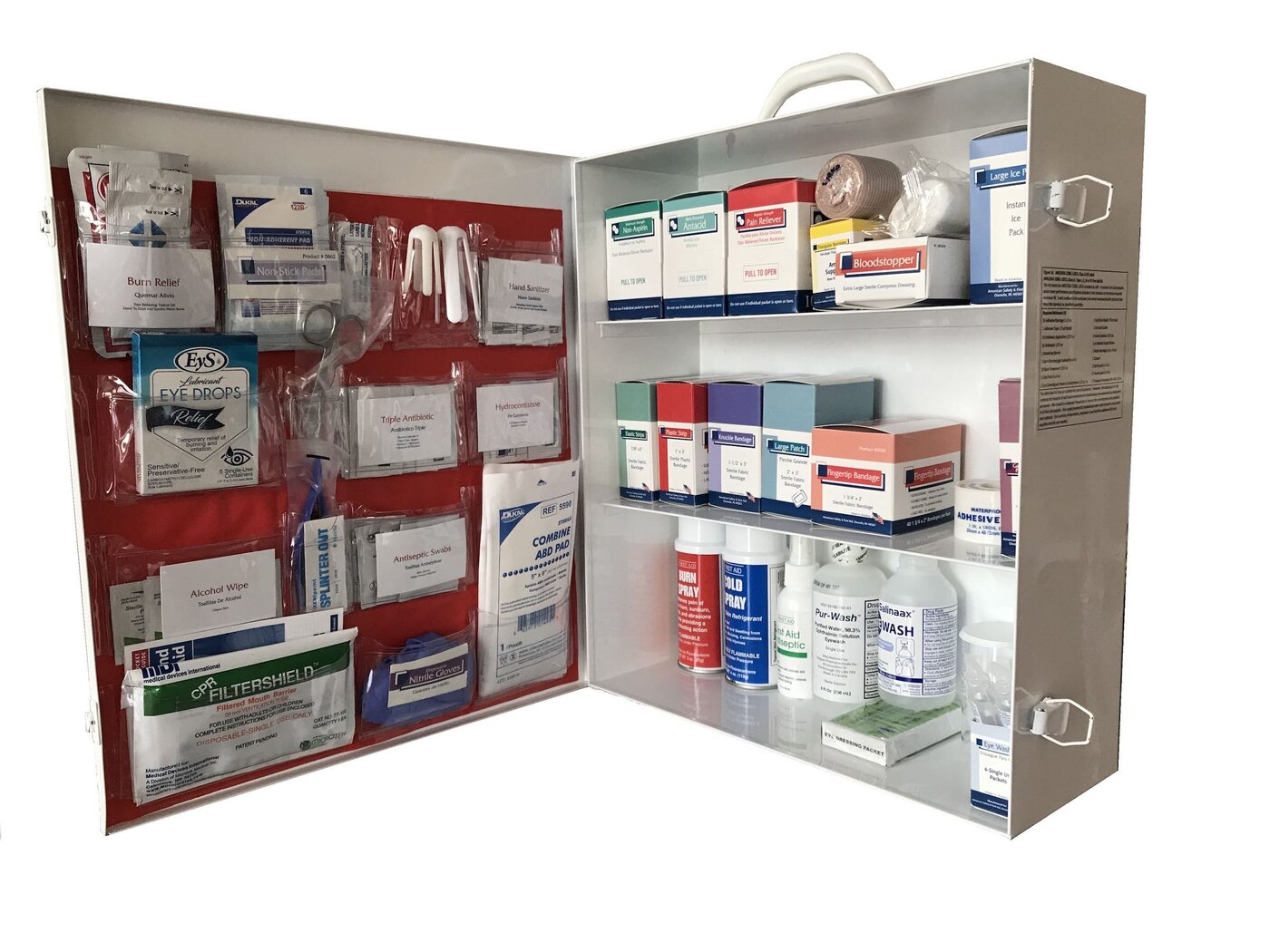

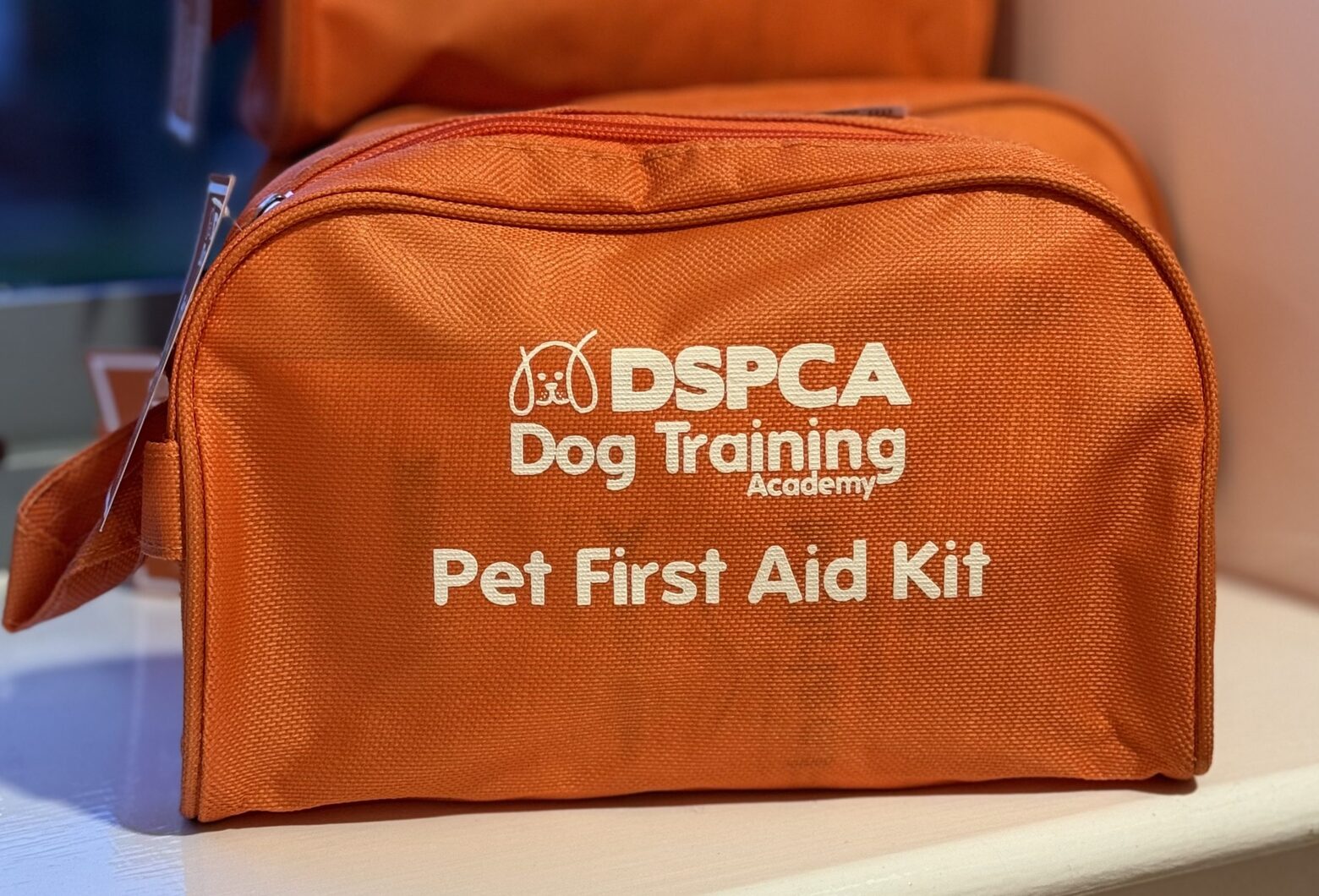
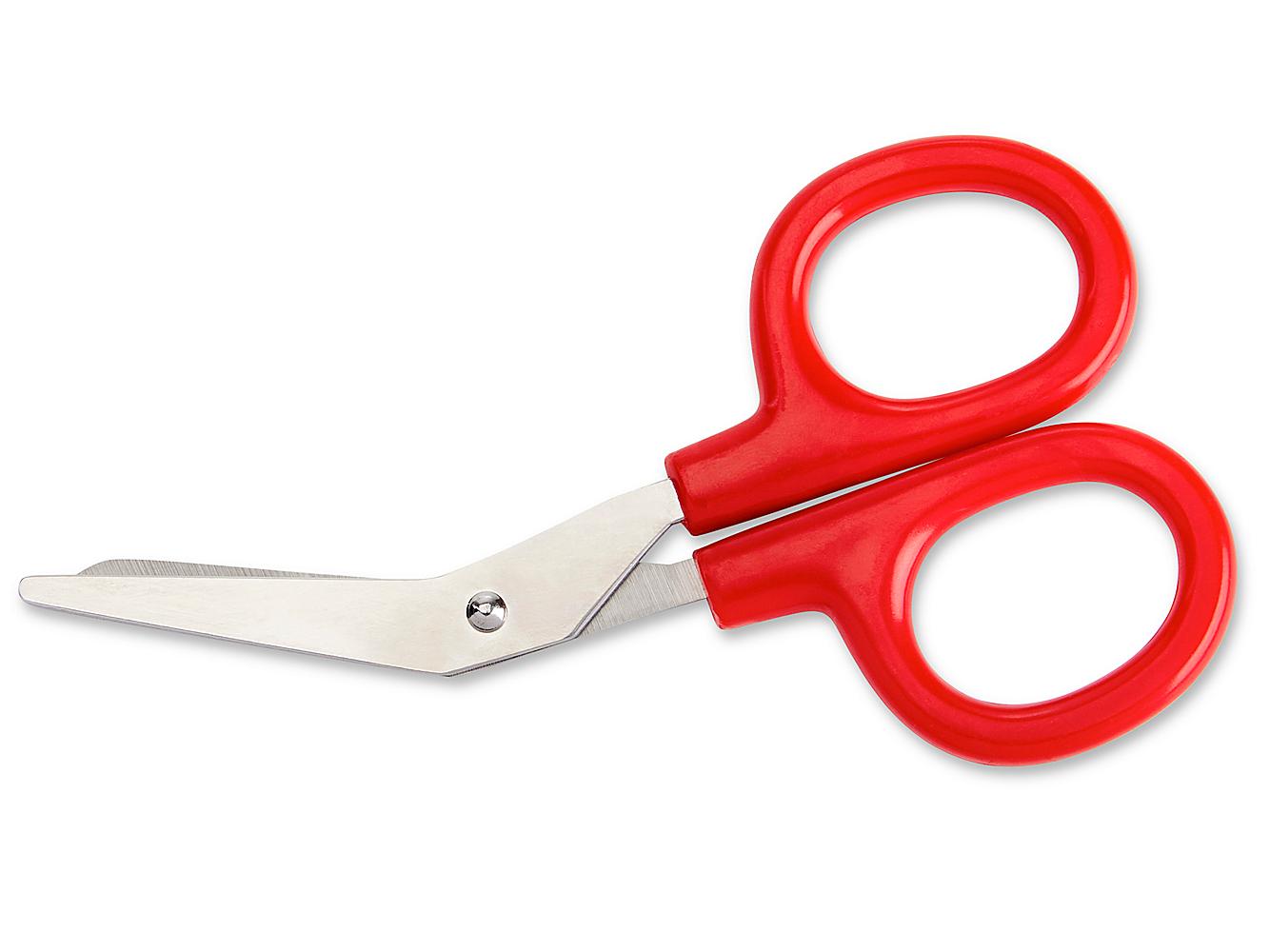
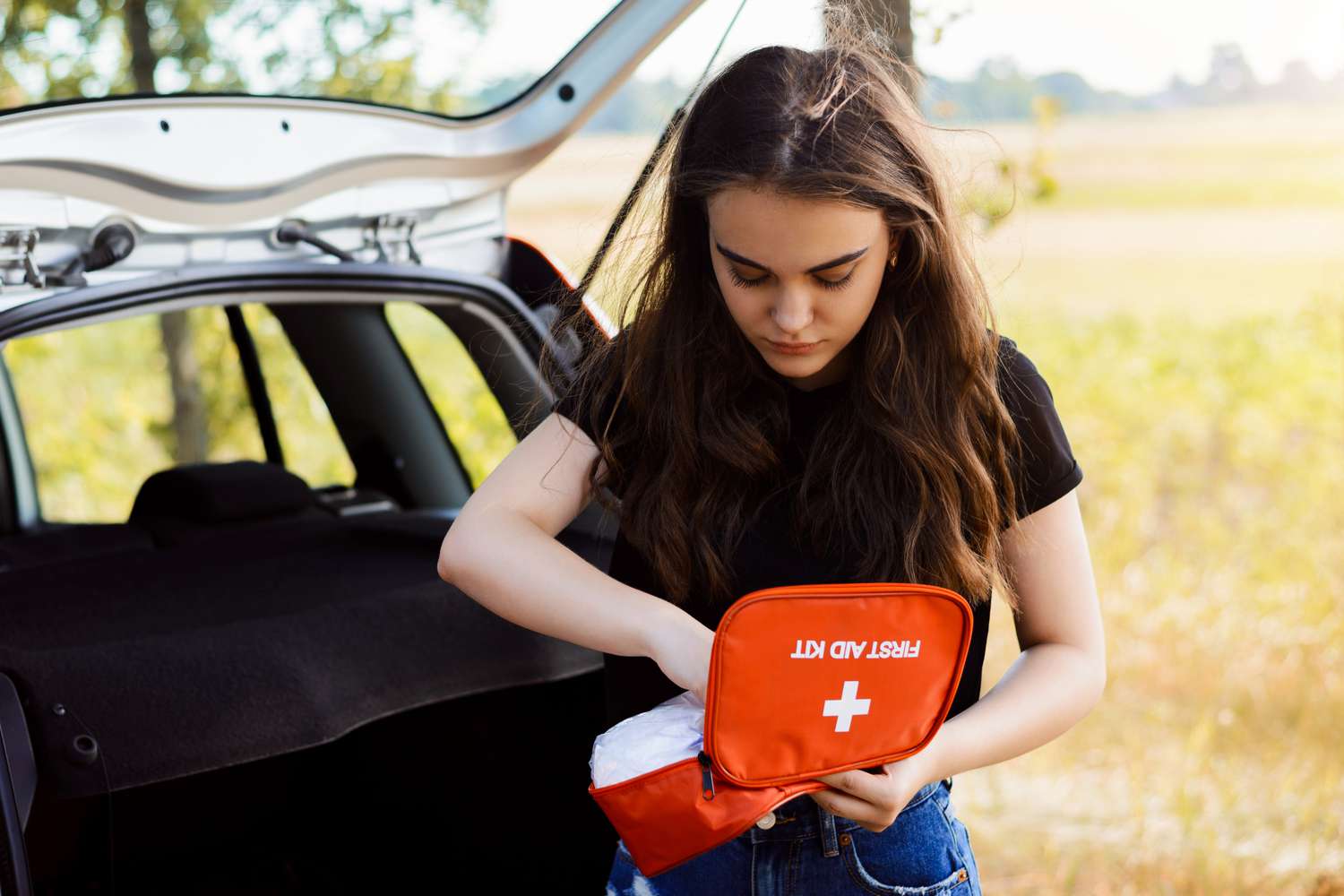
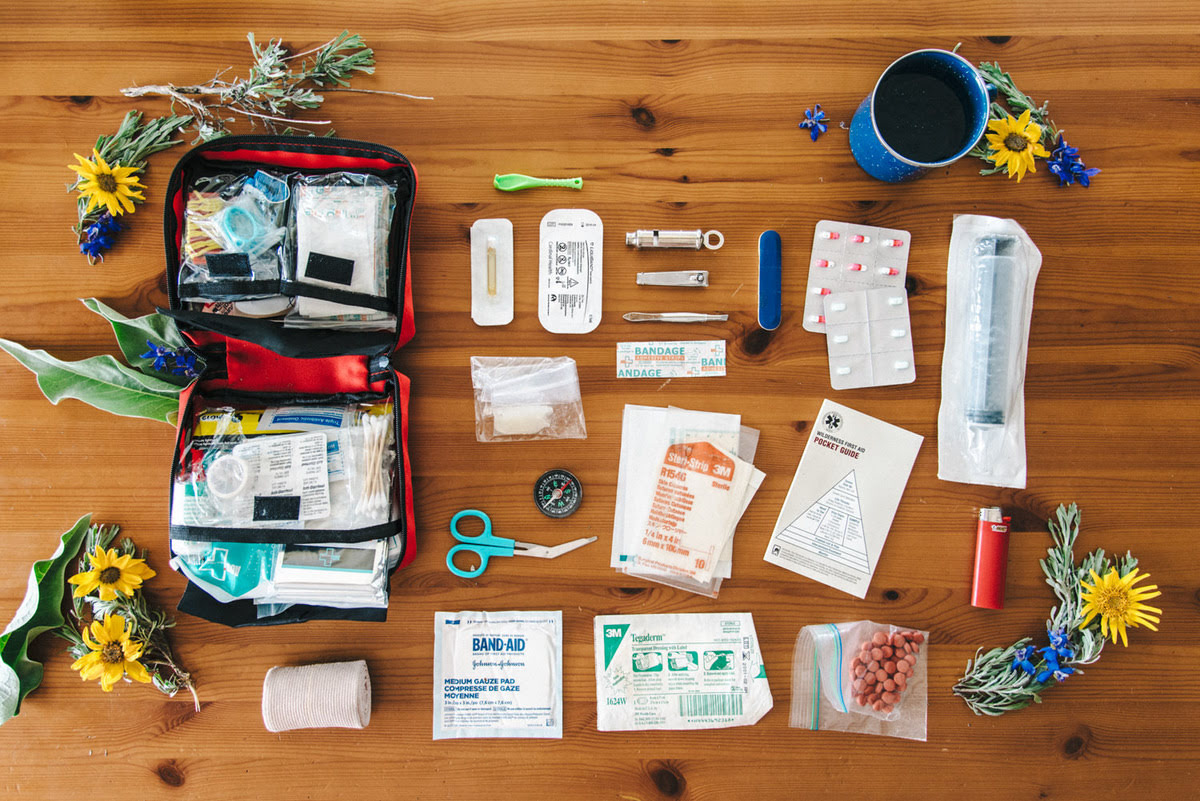

0 thoughts on “How Much Does A First Aid Kit Weigh?”